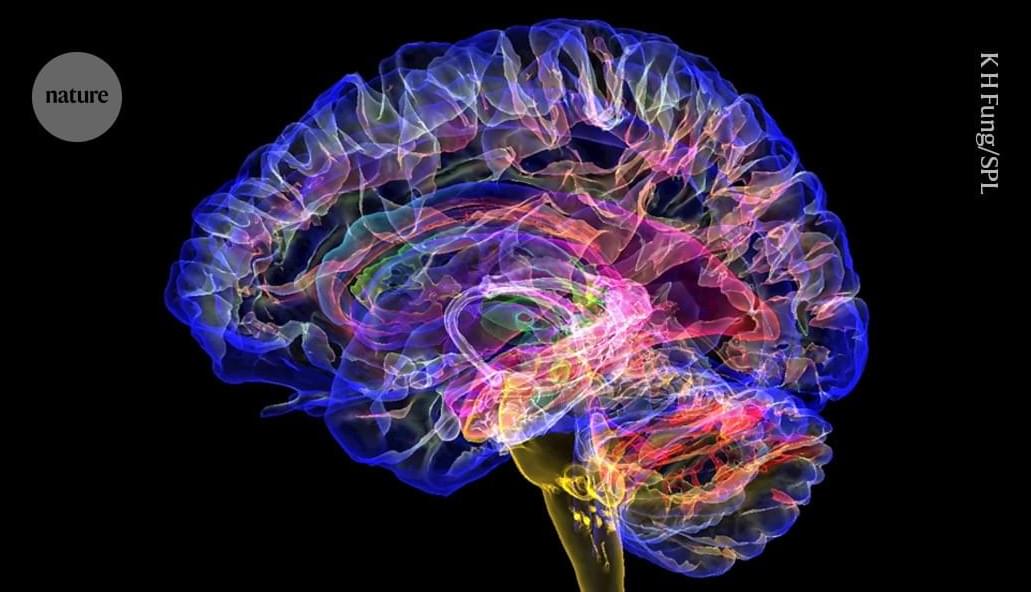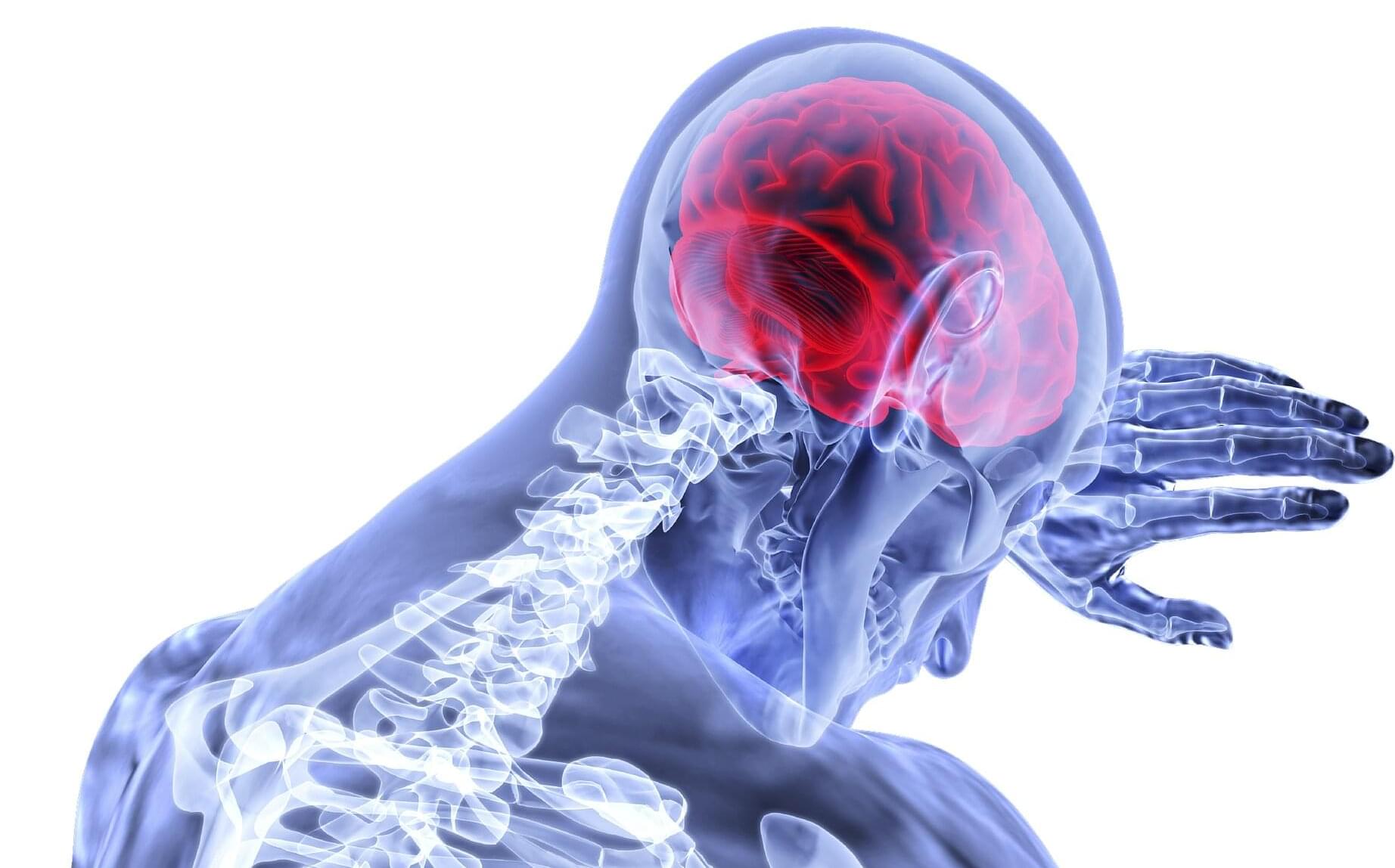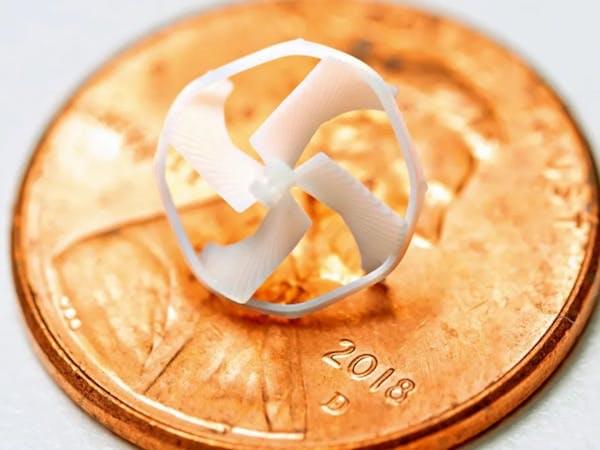In a world of constant stimulation, the thalamus filters which thoughts we become aware of and which we don’t.



Cervical artery dissection is a tear in an artery in the neck that provides blood flow to the brain. Such a tear can result in blood clots that cause stroke. A new study has found almost a five-fold increase in the number of U.S. hospitalizations for cervical artery dissection over a 15-year period.
The study is published online in Neurology.
A dissection of the artery wall is most often caused by trauma due to motor vehicle accidents but can also occur with smaller injuries. Heavy lifting has also been shown to cause dissection in some people.
A nearby cosmic ticking time bomb has been found! Just 150 light years away, a pair of white dwarf stars are on a death spiral, destined to explode in a type 1a supernova. This discovery confirms long-held theories and could help unlock the secrets behind these dazzling, universe-measuring explos


Parkinson’s doesn’t just affect movement and the brain—it may also impact the heart, according to new research from the University of Surrey. Scientists from Surrey’s School of Veterinary Medicine suggest that targeting a key protein outside of the brain could help manage Parkinson’s-related heart issues.
In a study published in Experimental Physiology, Surrey researchers studied mouse models and found a harmful buildup of the alpha-synuclein protein, which is associated with Parkinson’s disease, in a nerve cluster near the heart (the stellate ganglia). These nerves are part of the autonomic nervous system, which controls heart rate and rhythm.
Researchers found that 27% of neurons in the nerve cluster contained aggregated alpha-synuclein, forming similar toxic clumps seen in the brains of Parkinson’s patients. This finding suggests that Parkinson’s could disrupt heart function, not just movement and brain activity.
The interview explores the fundamental premises of Analytic Idealism. Dr. Bernardo Kastrup, known for developing this philosophical system, discusses the nature of consciousness, life, God, and AI with Natalia Vorontsova.
All questions are based on input from our audience, and you can find below all previous interviews referenced during the conversation.
Prof. Bernard Carr.
• Cosmologist Prof. Bernard Carr On Con…
Dr. Bernardo Kastrup & Prof. Bernard Carr.
• What happens to consciousness when cl…
Prof. Julia Mossbridge.
• The Science of Precognition | Dr. Jul…
Dr. Federico Faggin.
• Interview with idealist physicist and…
• Groundbreaking Consciousness Theory B…
Prof. Marjorie Woollacott.
• New Evidence for Out-of-Body Experien…
00:00:00 Interview intro.
00:02:21 Is the fundamental nature of reality really mental?
00:07:38 Mind at Large vs. our individual minds.
00:10:01 What is the purpose of Life in general and our individual lives?
00:17:35 Does the brain generate consciousness or vice versa? Mind-matter relationship.
00:21:06 What is matter according to Analytic Idealism.
00:27:00 The role of evolution.
00:40:30 Does objective reality exist?
00:42:08 Does the Divine exist? God versus Universal Consciousness.
00:49:04 Pantheism versus panentheism: the nature of reality.
00:55:40 What is consciousness? Consciousness with big C and small c.
01:02:20 Anomalous phenomena in the context of Analytic Idealism.
01:05:59 Birth & death in the absence of time & space. Is spacetime fundamental?
01:10:34 Can love, justice or virtue exist if there is no free will? What is free will?
01:17:25 Why is Analytic Idealism considered to be a non-dual philosophy?
01:19:26 Under what conditions AI can become conscious? Blessing or threat?
01:29:33 Science and the world at large if & when Analytic Idealism becomes the mainstream paradigm.

The process of catalysis—in which a material speeds up a chemical reaction—is crucial to the production of many of the chemicals used in our everyday lives. But even though these catalytic processes are widespread, researchers often lack a clear understanding of exactly how they work.
A new analysis by researchers at MIT has shown that an important industrial synthesis process, the production of vinyl acetate, requires a catalyst to take two different forms, which cycle back and forth from one to the other as the chemical process unfolds.
Previously, it had been thought that only one of the two forms was needed. The new findings are published today in the journal Science, in a paper by MIT graduate students Deiaa Harraz and Kunal Lodaya, Bryan Tang, Ph.D., and MIT professor of chemistry and chemical engineering Yogesh Surendranath.


